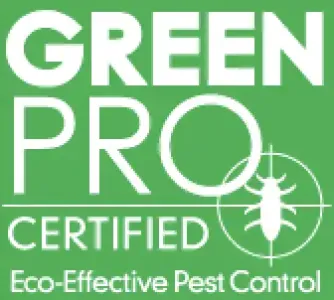
Our Pest Control and Lawn Care Blog
Welcome to our Pest Control and Lawn Care Blog, your go-to resource for expert advice and helpful tips to keep your home and lawn in top shape. Whether you’re dealing with stubborn pests or looking for ways to improve your lawn’s health, our blog offers insights from our experienced team at Performance Pest Management.
Trees that are in poor health can look unattractive, but they can also spread illness to other plants on your property. The first step for successful tree disease treatment in Pleasanton is tree disease diagnosis.
While a handy homeowner may be able to take care of certain minor pest removal services, the more dangerous pests should be left up to a qualified team of professionals. This will ensure that all involved parties remain safe and no accidents occur.
If you have a cockroach infestation near Pleasanton, you should seek residential pest control services as soon as possible. Getting rid of cockroaches on your own is extremely difficult, and the longer they are in your home, the higher your risk of suffering from health complications.
A pest control problem can cause serious problems for any commercial restaurant. Even a single insect can contaminate your food storage and deter your customers from returning to dine at your establishment.
Spiders are among the most feared insects that can invade your home and garden. If you live in the state of California, it is a good idea to educate yourself about some of the spiders that you may find in and around your property.
Are you looking for insect control or pest extermination in Pleasanton because of a spider infestation? If so, and if you'd like to have a better understanding of what type of pest control you need, then continue reading to learn about some of the spiders that live in California.



